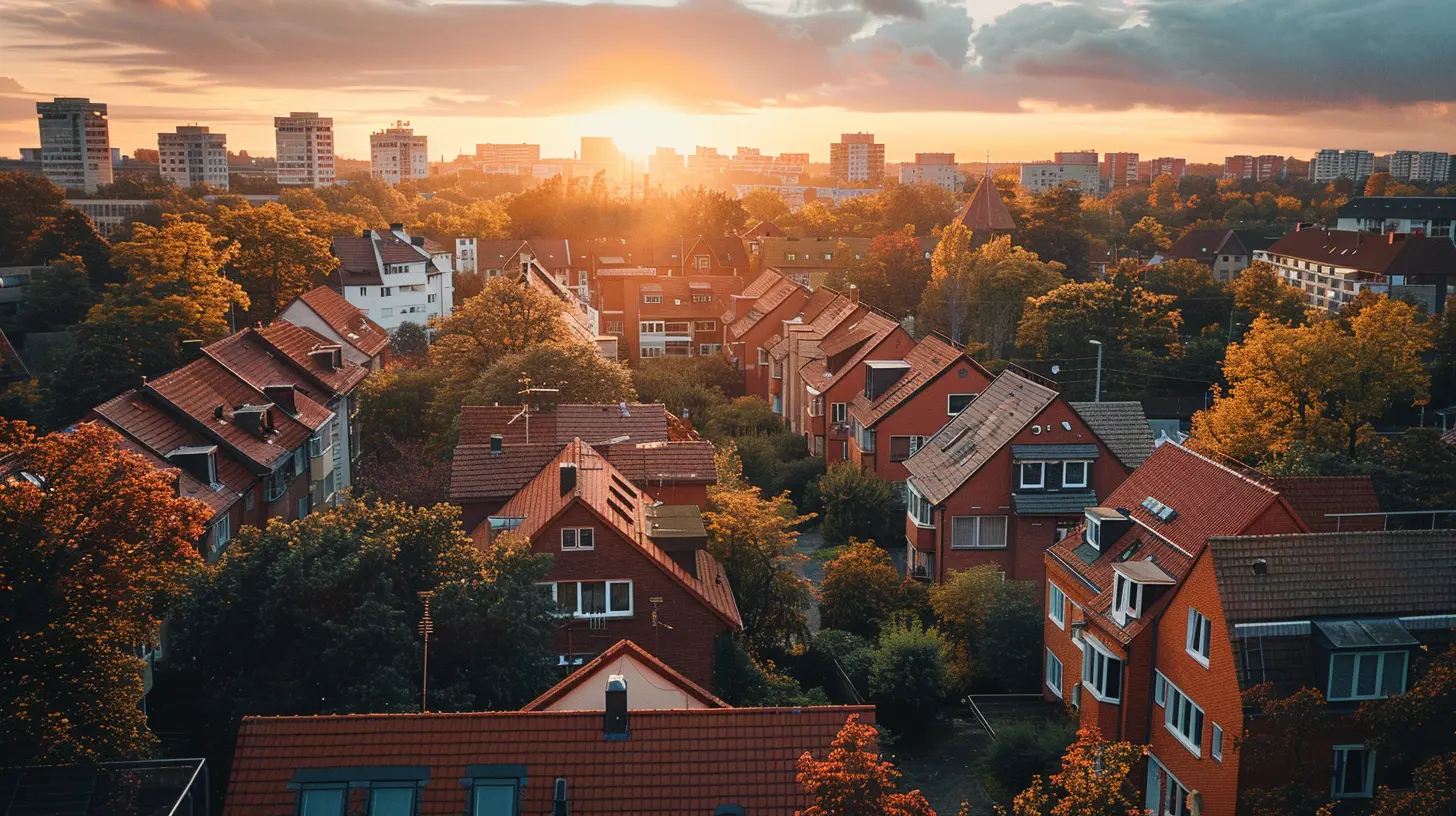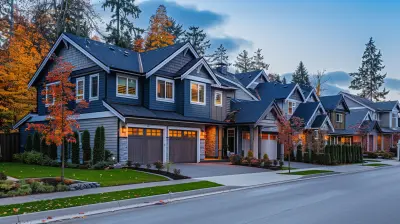27 January 2025
Affordable housing—it’s a term that gets tossed around a lot these days, but what does it really mean? For many, it’s the cornerstone of the American Dream: a safe, comfortable place to call home that doesn’t stretch the wallet too thin. But let’s face it—actually finding or delivering affordable housing is no easy feat. The market is riddled with challenges, and yet, it offers some pretty unique investment opportunities for those who know where to look. So, whether you’re someone hunting for your next property or an investor sizing up your portfolio, let’s break it all down.

What Is Affordable Housing Anyway?
Before we dive into the nitty-gritty, let’s define what we’re talking about here. Affordable housing refers to housing that costs no more than 30% of a household’s gross income. Why 30%? Well, that’s kinda the magic number where people can still afford other essentials like food, healthcare, and transportation without constantly doing mental gymnastics to pay their bills.But here’s the catch: the demand for affordable housing far exceeds the supply in many areas. This isn’t just a localized issue; it’s a global challenge. From bustling urban centers to rural towns, affordability is becoming increasingly elusive.
The Market Challenges of Affordable Housing
Let’s cut straight to the problem: why is affordable housing so tough to create and maintain? It’s not like people don’t need it. In fact, demand is higher than ever. Here are some of the biggest hurdles the market is facing:1. Soaring Land and Construction Costs
Have you checked out land prices lately? It’s like trying to buy gold! In populated areas, the cost of land has skyrocketed, making it nearly impossible to develop affordable housing without serious subsidies. And then there’s construction. Materials? Expensive. Labor? Expensive. Permits? You guessed it—expensive. It all adds up, and the result is housing units priced way out of reach for the average person.2. Zoning Laws and Bureaucracy
Picture this: You’re ready to roll out an affordable housing project, but then boom—the zoning maze hits. Local ordinances can be restrictive, often prioritizing single-family homes over multi-unit dwellings. Plus, working through the red tape feels like trying to run a marathon in quicksand. Time equals money, and all that bureaucracy translates to higher costs.3. Limited Government Funding
Affordable housing is often subsidized by federal, state, or local governments, but let’s be real—there’s just not enough money in the pot. Programs like Section 8 in the U.S. are critical, but they’re stretched thin. Developers and property owners are left scrambling to figure out how to make these projects financially feasible.4. The NIMBY Effect
Ah, the Not-In-My-Backyard (NIMBY) crowd. These folks often oppose affordable housing developments, citing concerns like increased traffic, lower property values, or even stereotypes about the kinds of residents who might move in. This resistance makes it even harder to get projects approved and built.
Why Investors Should Care About Affordable Housing
Okay, so the challenges are real. But here’s a little secret: challenges also create opportunities. If you’re an investor, affordable housing might just be one of the smartest moves you can make. Here’s why:1. High Demand, Low Vacancy Rates
Affordable housing units are almost always in demand. Unlike luxury apartments that may sit empty for months, affordable units tend to attract long-term renters or buyers. This translates to steady cash flow and lower vacancy rates—music to any investor’s ears.2. Tax Incentives
Governments want investors and developers to tackle the affordable housing crisis. That’s why they offer perks like Low-Income Housing Tax Credits (LIHTC) in the U.S. or similar programs worldwide. These incentives can significantly offset project costs, making the numbers much more attractive.3. Social Impact Investing Is Trending
More and more investors are looking to make money and make a difference. Affordable housing fits the bill perfectly. By investing in this space, you’re not just chasing profits—you’re providing a critical service to communities. Think of it as doing well by doing good.4. Diversification
Affordable housing can diversify your portfolio. It’s a different beast compared to luxury real estate or commercial buildings, and it tends to perform well even during economic downturns. After all, people always need a place to live, no matter what’s happening in the stock market.
Investment Opportunities in Affordable Housing
Ready to dive in? Great! Here’s a look at some specific ways you can get involved in the affordable housing market.1. Invest in REITs
Real Estate Investment Trusts (REITs) focused on affordable housing allow you to enter the market without directly owning property. It’s like the stock market but tailored to real estate. You invest in a company that owns, operates, or finances affordable housing, and in return, you get a slice of the profits.2. Partner with Nonprofits
Many nonprofit organizations are in the business of creating affordable housing. Partnering with these groups can open the door to joint ventures, where the nonprofit handles the logistics and you provide the funding—or vice versa.3. Convert Existing Properties
Got an old apartment complex sitting idle? Consider converting it into affordable housing. With the right subsidies and renovations, you can breathe new life into outdated properties while tapping into a high-demand market.4. Focus on Emerging Markets
Sometimes, affordability isn’t just about lowering costs but about targeting areas where prices haven’t yet ballooned. Look into smaller cities or up-and-coming neighborhoods that are ripe for development.5. Explore Modular and Prefab Housing
Innovations like modular construction can slash building costs and timelines. Prefab homes are built off-site in controlled environments, making them cheaper and faster to produce. Plus, they’re eco-friendly—a win-win!The Role of Government and Policy
We can’t talk about affordable housing without giving a shout-out to policymakers. Governments play a crucial role in creating incentives and regulations to encourage development. From tax credits to zoning reforms, there’s a lot they can do to make affordable housing more feasible. But it’s not just about funding; it’s about collaboration. Developers, investors, and officials need to work together to find sustainable solutions.The Bottom Line
Affordable housing is more than just a buzzword—it’s a pressing issue with far-reaching implications. Yes, the market is facing some hefty challenges, but that’s only part of the story. For savvy investors, this sector represents a unique opportunity to blend social good with financial gain.So, whether you’re thinking about investing or just trying to understand why rent keeps climbing, know this: affordable housing is a complex puzzle. But with the right mix of creativity, policy changes, and investment strategies, it’s a solvable one. And who knows? You might just help pave the way for someone’s dream home—without breaking the bank.










Fallon Carey
Great insights! Navigating these challenges is crucial for progress.
April 6, 2025 at 8:58 PM